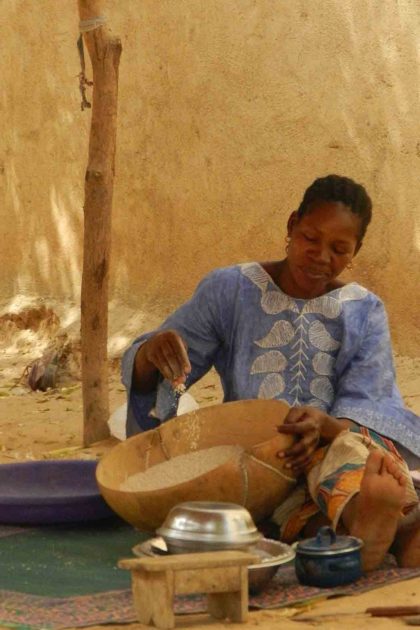Doing Things Differently in Djalé
After seeing a food security project in a nearby village, the women of Djalé went to work to improve their own community’s food security and nutrition. Now, their determination is paying off and making Djalé a healthier, happier, and more prosperous place to live.;
Read More
